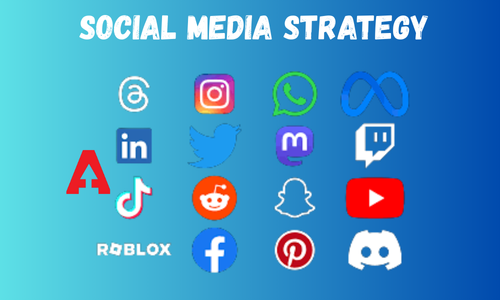Are we becoming lonely now than ever? It’s not a rhetorical question. Or at least not for such lucid analysts of contemporary reality as American Derek Thompson, editor of The Atlantic magazine and author of essays such as On Work: Money, Meaning, Identity and Hitmakers.
In Thompson’s view, the United States, and perhaps the planet as a whole, is suffering from a self-imposed loneliness epidemic that is transforming “our personalities, our ideologies, and even our relationship with reality.” He has dubbed the era we live in “the antisocial century,” and says he is experiencing its ravages both in his own life and in the lives of most people in his immediate surroundings.
In an ambitious article in the magazine he edits, Thompson begins with an anecdote elevated to the level of the public, interpreted as a symptom: at the Mexican bar in North Carolina he’s frequented for years, hardly anyone comes to have a couple of beers and chat with the patrons anymore. Today, business seems better than ever, but it has become a prepared-food establishment that delivers dozens of trays per minute. People order them using an app, pick them up from a counter next to the kitchen, pay for them, and take them home. A delicate choreography of consumption executed with mechanical precision and, at least for Thompson, disheartening: completed in a matter of seconds and without anyone exchanging a single word.
An establishment that just a couple of years ago thrived on spontaneous and chatty social interaction has become a quiet hub for exchanging trays of food for money. The waiters no longer act as psychologists. The tables are rarely used; they are no longer social clubs or makeshift offices. The United States of Frasier, Norm, and Sam Malone is ceasing to exist.
Thompson has a thesis: an invisible enemy (let’s provisionally say it’s been a coalition of the pandemic, cell phones, and the signs of the times) is causing us to spend more and more time in our homes, consolidated as refuges of comfort and leisure. This has reinforced two types of human connections: the closest ones (with nuclear family and close friends) and the most distant ones, the dozens, hundreds, or thousands of human beings with whom we interact sporadically on social media.
What we are sacrificing with this change in habits and general reorganization of our time is the broad spectrum of relationships in between. Neighbors, people from the neighborhood, coworkers, waiters, and staff at the establishments we frequent. People, in short, who are part of our immediate environment but not part of our inner circle, and to whom not long ago we dedicated a substantial part of our time.
The unstoppable erosion of this intermediate circle would explain, again according to Thompson, why the only thing we exchange with familiar faces is a cautious and reticent greeting, and why, increasingly, we have breakfast, lunch, dinner, and even a beer alone, with our cell phones or in front of a computer screen. But that’s not all. That ring of distant, superficial immediacy plays a major role in shaping the social fabric and building community networks.
It is in places like bars that people give themselves (or gave themselves) the opportunity to explore, get to know each other, understand each other, and establish small or large analogical connections. Political parties and social clubs were formed in bars, quick friendships and romantic connections began there. All of these are antidotes to loneliness.








